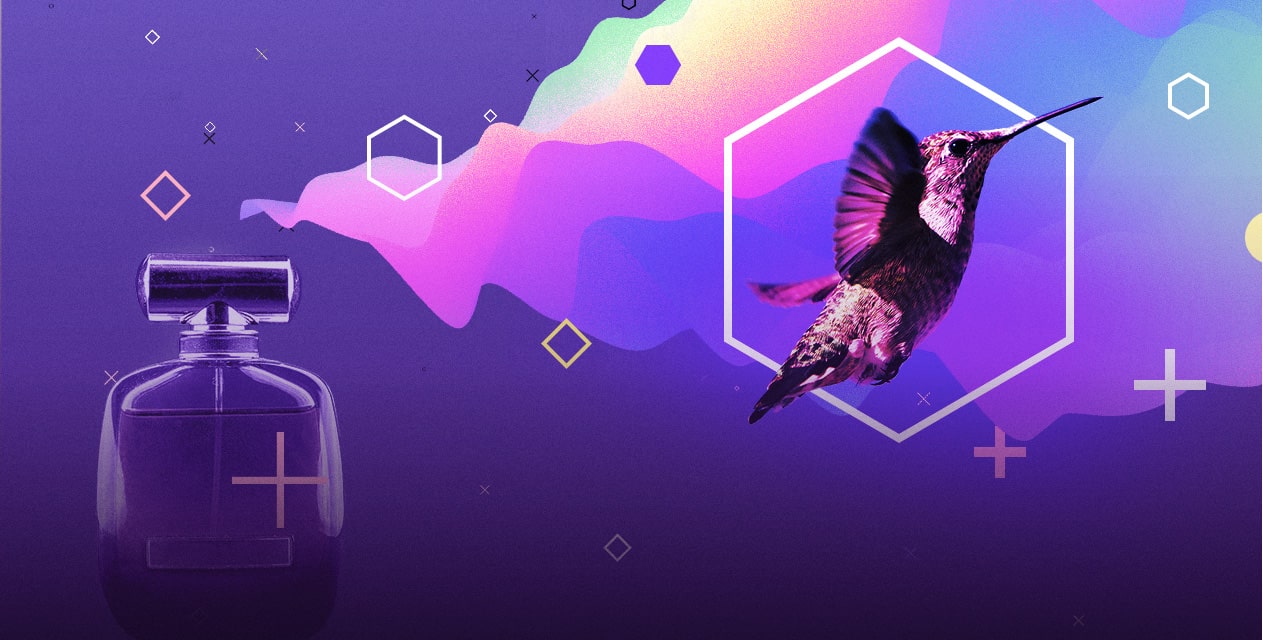How to scale ads spend from $30k to $400k within one year with automation strategy
If you want to rapidly increase traffic and scale your ad spend, then automating your ad process can be vital.
Scentbird business model is similar to the Dollar Shave Club; they sell subscriptions to get a monthly supply of any luxury or designer perfume every month. For $14.95 per month, customers get a great 0.3 oz fragrance from 450 available products in stock.
The start of our growth journey
In January 2015 they had just started looking for scalable marketing channel and were fortunate enough to be part of Y Combinator Summer 2015, which meant funding was available to invest and scale, but they needed to make wise investments.
Facebook was showing some potential, but they couldn’t spend our budget effectively, while also controlling our Cost Per Acquisition (CPA). They were able to spend around $30K USD for our Facebook ad media buy per month.
One of the first changes they made was to switch from banner to video advertisements. After two months, they doubled the sales while reducing CPA. Then they discovered the slideshow format. Slideshow and video became the main ad content types. By June 2016, they had increased our Facebook ad spend to $100K per month.
Early challenges
- Most of our actions were routine, and they thought they should be able to automate them by setting rules.
- As Facebook works pretty unstably, they couldn’t just set up a campaign and then create more new ads in there. They had to tweak it constantly. The process was quite time consuming. If you’re running dozens of campaigns, it quickly becomes a nightmare.
The more they spent, the more data they collected during a work day, which meant more decisions to make each day. And that takes time.
Partnership with Aitarget
There are many solutions on the market: Nanigans, AdEspresso, Automated, Smartly, Aitarget, etc. Scentbird considered and tested automation systems of AdEspresso, Automated, Smartly, and Aitarget.
Finally they chose to work with Aitarget, because of their solution flexibility: they have more possibilities to set up rules, and they were ready to create some custom tools for us. After a month of testing, they’d found the perfect tool that manages our automation routine tasks. It allowed to grow our Facebook Marketing Budget up to $400K USD per month by October 2016, without scaling the team.
A guide to the process
Disclaimer: the rule set is not a universal set-up. It was developed through trial and error, constantly testing new ideas, and always analyzing the data.
Every business or advertiser will have to develop it’s own routine, but here is a basic guide as a strategic starting point.
Kill the poor performers early
With Facebook buying, an ad, or group of ads (ad set), may not perform as well today as it did yesterday. One main objective with automation is to understand as early as possible when an ad isn’t performing, so you can switch it off, leaving the better performing ads live. Apply this rationale to every ad you’re running, so the worst performing ads are all turned off.
Understand the History
Before you go in and change any settings for ad optimization, spend some time analyzing your historical data to understand conditions (Spent Amount/CPC/CPM/CPA/CPI), if the information is available.
The team downloaded and analyzed all statistics for the past six months to look for any correlations, so they could build rules around them.
Our automation rules
They established a rule set to determine when to stop running creative (all numbers are for example only).
When to shut down creative

Spend greater than $100 today + Purchase less than $1 today = Stop
It was noticed that if a creative ad spend is greater than 50% of our goal CPA, and did not result in any sale, then there’s a high probability it won’t perform well today, so they shut it off.

Spend greater than $30 today + Cost per click (Link) greater than $2 today = Stop
Keep Your Eyes on the CPC & CPM
The same rationale was applied to control the Cost per Click (CPC): the idea is to understand that a particular ad will have a high CPC for today and switch it off before waiting to see if it doesn’t perform on CPA basis.
It’s easier to catch a high CPC in the early stages, rather than the CPA. If you find a pattern, this also works for the Cost per 1000 Impressions (CPM). You can also set up optimization more accurately, if you estimate the price of middleway conversions in the funnel (for instance, authorisations).

Spend greater than $200 today + СРА greater than $75 today = Stop
Set the CPA in the tunnel
Ensure that the CPA is included in the tunnel under your KPI, while allowing the ad spend to continue to grow. Establish the rule so that it will react on your spend spikes because not all conversions can be tracked uniformly.

Spend greater than $75 today + CPA less than $75 today = Start
Timebox your data
There’s a common challenge in any analytics system where conversions are not tracked correctly due to delays in delivery (in our case, we set up a 15-minute period to check the rule set). You’ll need to establish rules that could fix the situation when a system turns off an ad, especially moments before conversions have increased.
The same rule set can be used in CPC control because clicks tracking can be delayed as well.

Spend less than $40 today + CPC (Link) less than $2 today = Start
Turn ads back on
It’s extremely important to remember to turn ads on again the next day. There are two methods:
- Turn on all ads (that you turned off the day prior) and then, in 3-5 days, exclude the worst of them from the automation.
- Establish the rule set of turning on ads with affordable CPA from the last 3 or 5 or 7 days.
The second way is more sophisticated, because it may not need your involvement, but it is quite complicated due to a high chance of unintended consequences. We use a hybrid method to exclude the worst performing ads from automation.
If your target CPA is $75, then set up a higher barrier, and reduce the CPA.

Impressions less than 10 today + CPA less than $85 last 7 days + Time greater than 1 a.m. + Time less than 2 a.m. = Start
Adding a New Ad to a Set
When adding a new ad to an ad set, you’ll need to timecode it, mitigating the chances of it turning off in the middle of the day (that may end badly if you have big budgets).
We’re also working with Aitarget on a solution, which could help analyze conditions to decide whether to activate the ad set or leave them until the next day, after the moment when all ads are turned off.
Play with your budget (conservatively)
The second rule set that may be used for a budget control is to increase the budget up to 20–30% if an ad set has a good CPA at the beginning of the day.

Spend/Daily Budget greater than 15% today + Spend/Daily Budget less than 25% today + CPA less than $70 = Increase budget on 20%
This rule set tracks the moment when the amount spent is enough, but before it’s too late to increase the budget.
The daily routine consists of these rule sets. Although the rules vary slightly, they are universal. The team was able to eliminate the need to scale the team because of daily routine automation managed by one person.











